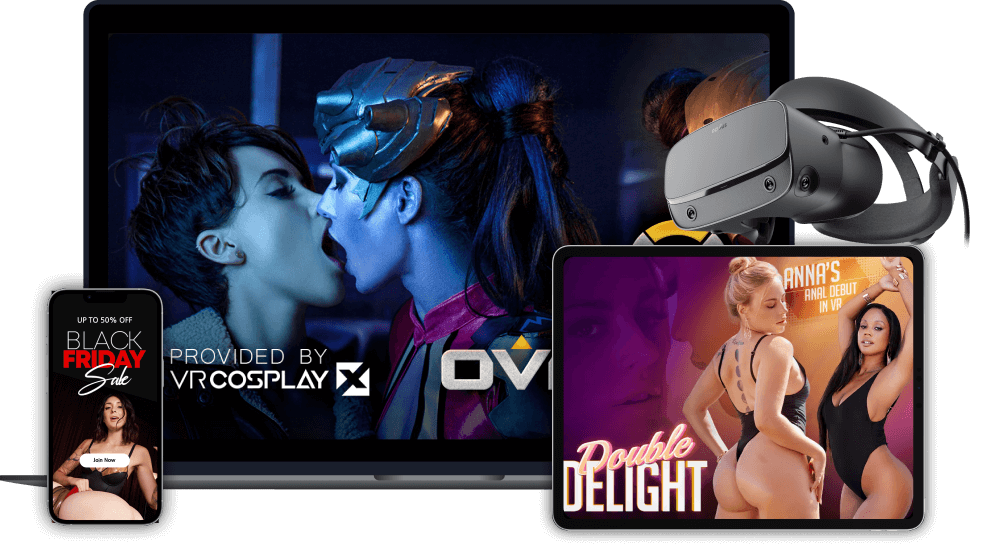
487
2
8 months agoHey there! Welcome to our awesome VR porn resources page! Here, you’ll find a bunch of cool links and related sites to help you find the best sites in the industry.
Enjoy all of our adult content from VR Smash on your favorite devices, whenever you want.
From A Whopping VR Creators.
Enjoy the greatest stories - anytime, anywhere.

Dive deep into the fantasies that fascinated the world.












Meet Our Legendary Performers And New Stars
Get access to dozens of freshly released content from Award-Winning creators every week.
Best quality videos with up to 8K UHD, 180º and 360º, 60fps, 3D, binaural ASMR sound.
Use advanced settings: change camera positions, enhance color etc.